history of the castro
In 1845 José de Jesús Noé was granted Rancho San Miguel, four thousand acres (16 km²) stretching from Twin Peaks into Noe and Eureka valleys. In 1854 John M. Horner purchased the ranch and laid out Horner's Addition in a grid bounded by Castro Street on the west, Valencia Street on the east, 18th Street on the north and 30th Street on the south. Eureka Valley was part of the Mission Dolores subdivision but was not developed until the 1890s and the early 1900s.[6]
The opening of the Market & Castro Street Cable Car line in 1886 opened Eureka Valley to development — primarily small wood-frame cottages and two-story flats. The only industry in the area was a mattress factory on the block bounded by Market, Dolores, and Fifteenth streets.[6]
Most residents were working and lower-middle-class tradesmen, small business owners, civil servants, builders, and artisans, with Irish, German, British, and Scandinavian immigrants, as well as some old-stock Americans living in the neighborhood.[6]
Eureka Valley escaped destruction in the 1906 San Francisco earthquake and subsequent fire, mostly because the fires were stopped at Dolores Street.[6] After the 1906 earthquake, thousands of earthquake refugees began purchasing lots and erecting cottages and flats in the area. The momentum continued after the completion of Twin Peaks Tunnel in 1918 and the Municipal Railway’s J Church streetcar line in 1917.[6]
The Eureka Valley Improvement Association, founded on September 3, 1905,[7] successfully lobbied the city's Board of Supervisors for many early improvements in the neighborhood, such as improved streetcar service, better lighting, and public school construction.[6] The association was instrumental in preventing the spread of the fires after the 1906 earthquake.[7]
The commercial area of Eureka Valley, centered around the intersection of 18th Street and Castro Street, was transformed in the 1970s with the development of the gay community known as "The Castro."








EVNA-Eureka Valley Neighborhood Association
General Meeting (Open to the Public)
Wednesday, March 28th, 2018, from 7:00 pm to 8:30pm
Harvey Milk Civil Rights Academy
4235 19th Street (at Collingwood)
Castro/Eureka Valley Neighborhood Association (EVNA), formed in 1881 as the Eureka Valley Promotion Association (EVPA), provides a public forum for the people who live, work, and play in the greater Eureka Valley area.
The boundaries of the Eureka Valley Neighborhood Association are basically geographically defined by the boundaries of "Eureka Valley." Per the organization bylaws, this is the district within Dolores Street to the East, 22nd Street to the South, Twin Peaks to the West and Duboce Avenue on the North. Visit the EVNA website to find out more.


